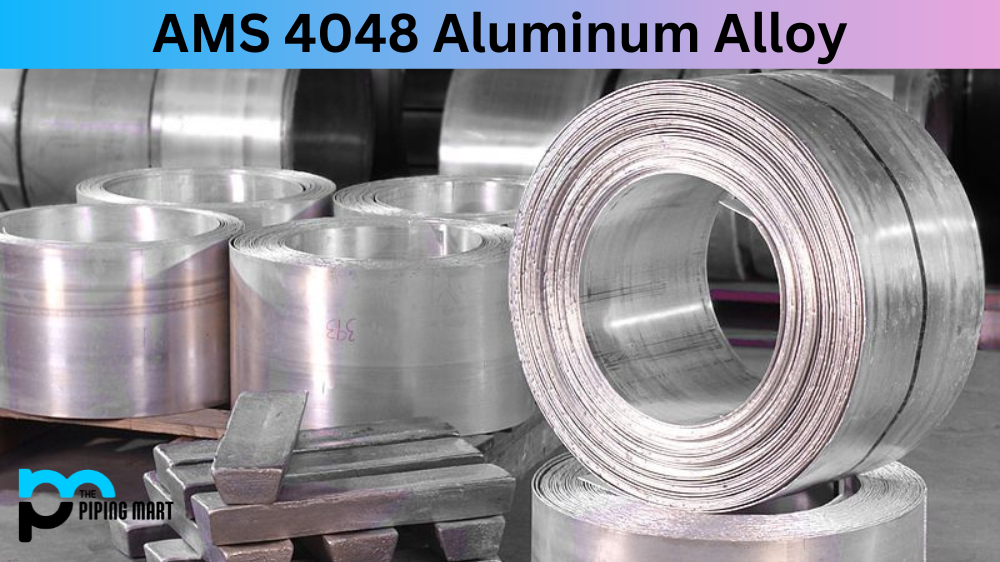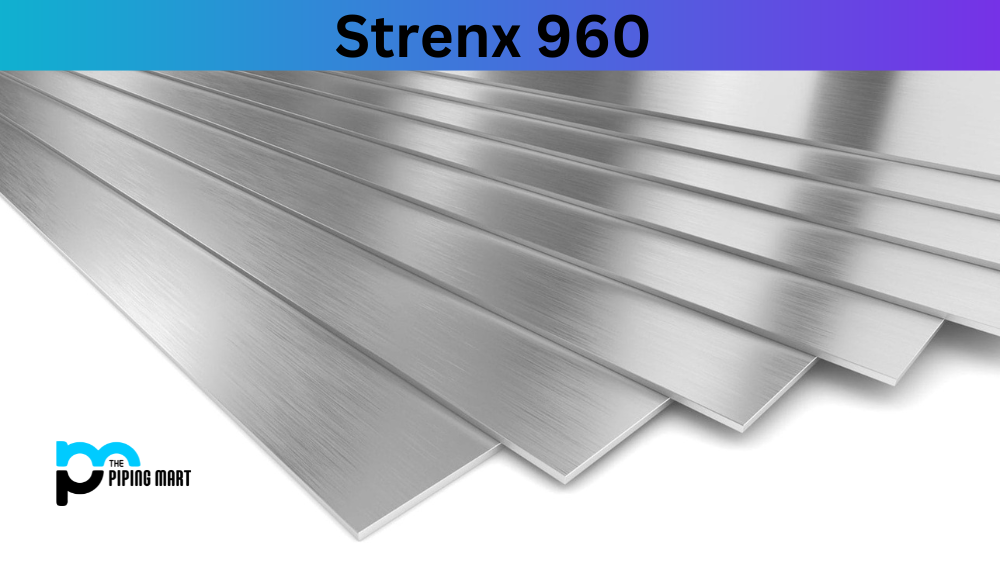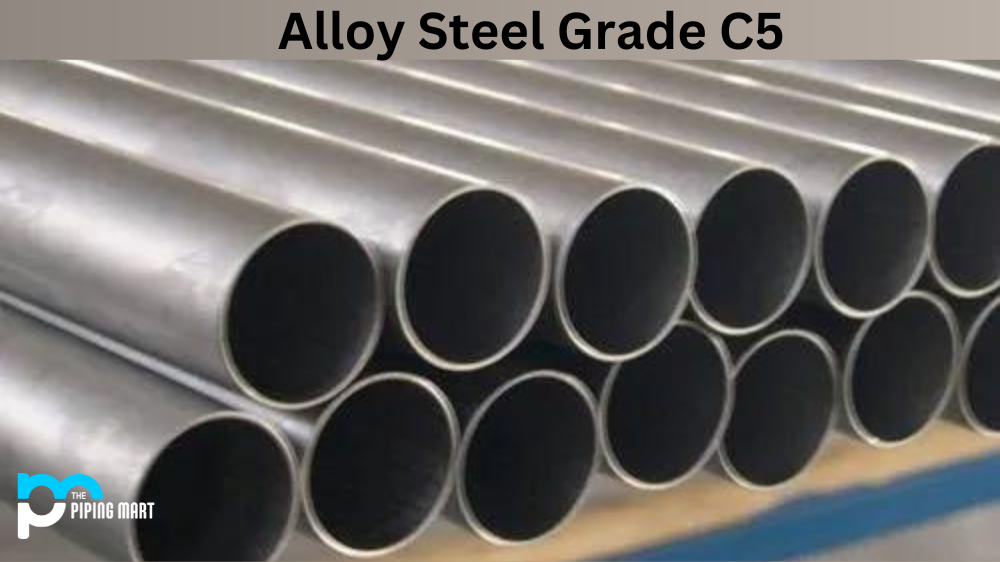Brass 792 is an alloy that is composed of copper and zinc. It has a variety of uses due to its excellent corrosion resistance, heat resistance, and mechanical properties. In this blog post, we will explore the composition, chemical and physical properties, uses, corrosion resistance, heat resistance, heat treatment, machining, and welding of brass 792.
Brass 792 Composition
Brass 792 is made up of 67% copper and 33% zinc. This combination creates a material with superior strength that can withstand high temperatures without deforming or corroding quickly. The addition of zinc also increases the metallurgical stability of the alloy.
|
Chemistry Information
|
|
|
Element
|
Percentage
|
| Zn | 17.9 – 29.2 |
| Ni | 11 – 13 |
| Pb | 0.8 – 1.4 |
| Cu | 59 – 66.5 |
| Mn | 0 – 0.5 |
| Fe | 0.25 |
| Cu | 59 – 66.5 |
| Zn | 17.9 – 29.2 |
| Ni | 11 – 13 |
| Pb | 0.8 – 1.4 |
| Mn | 0 – 0.5 |
| Fe | 0.25 |
Brass 792 Chemical Properties
The chemical makeup of brass 792 makes it resistant to corrosion in many environments. It also has good electrical conductivity and solid magnetic permeability. Additionally, it is non-magnetic and non-sparking when cold-worked or annealed.
Brass 792 Mechanical properties
Brass 792 is a low-alloy metal composed of copper and zinc with various impressive mechanical properties. Its strength makes it an ideal material for many high-impact applications, while its ductility allows it to deform without fracturing. It also shows excellent corrosion resistance due to its high level of alloyed metals, making it an excellent choice for long-term use in many tough working environments. In addition, Brass 792 maintains its mechanical properties even after being exposed to extreme temperatures or changing pressure levels, making it one of the most reliable metals available today.
| Properties | Conditions | ||
| T (°C) | Treatment | ||
| Density (×1000 kg/m3) | 7.8 | 25 | |
| Poisson’s Ratio | 0.27-0.30 | 25 | |
| Elastic Modulus (GPa) | 190-210 | 25 | |
| Tensile Strength (Mpa) | 515 | 25 | annealed (sheet, strip) more |
| Yield Strength (Mpa) | 275 | ||
| Elongation (%) | 40 | ||
| Reduction in Area (%) | |||
Brass 792 Physical Properties
Brass 792 has excellent thermal conductivity making it suitable for use in applications such as valves and pumps where frequent contact with hot liquids may occur. Additionally, its tensile strength is high compared to other materials making it ideal for applications where rigidity is essential such as architectural cladding or structural supports. Its hardness also makes it well-suited for die-casting applications. Also, brass 792 has excellent machinability, giving it even more, versatility in industrial applications.
|
Physical Properties Brass 792
|
|||||
| Density | 0.303 lb/in3 | ||||
| Ultimate Tensile Strength | 79 ksi | ||||
| Yield Tensile Strength | 73 ksi | ||||
| Shear Modulus | 6,400 ksi | ||||
| Shear Strength | 45 ksi | ||||
| Elongation at Break Percentage | 3.6% | ||||
| Modulus of Elasticity | 17,400 ksi | ||||
| Poisson’s Ratio | 0.32 | ||||
| Melting Point | 1,660-1,750 °F | ||||
| Specific Heat | 9.3 x 10^-2 BTU/lb-°F | ||||
| Thermal Conductivity | 288 BTU-in/hr-ft^2-°F | ||||
| Electrical Conductivity | 28% IACS | ||||
Brass 792 Thermal Properties
| Properties | Conditions | ||
| T (°C) | Treatment | ||
| Thermal Expansion (10-6/ºC) | 17.5 | 0-100 more | |
| Thermal Conductivity (W/m-K) | 16.2 | 100 more | |
| Specific Heat (J/kg-K) | 500 | 0-100 | |
Brass 792 Uses
Brass 792 can be used in a variety of industrial applications due to its superior properties, such as valves and pumps due to its excellent thermal conductivity; architectural cladding or structural supports due to its high tensile strength; die casting due to its hardness; and machining due to its excellent machinability. It is also an ideal material for electrical components such as connectors due to its electrical conductivity and solid magnetic permeability, which make it non-magnetic and non-sparking when cold-worked or annealed.
Corrosion Resistance
Brass 792 offers superior corrosion resistance in both acidic and alkaline solutions, making it suitable for use in environments where rusting could be an issue, such as automotive engines or marine equipment exposed to salt water or humid conditions over long periods without sacrificing performance or durability.
Heat Resistance
It also has excellent heat resistance, which allows it to be used at higher temperatures than most materials without deforming over time from repeated exposure to hot liquids or gases like steam turbines or exhaust manifolds found on vehicle engines needed for extended periods without failing prematurely from fatigue caused by repeated exposure to extreme temperatures over many years under normal operating conditions.
Heat Treatment & Machining
Heat-treating brass 792 can help improve specific characteristics, such as increasing the overall hardness while still maintaining ductility, which makes it easier for cutting tools during machining operations since more complex materials require less force than softer ones do when cutting into them, resulting in better surface finishes on parts being machined out of this alloy compared with more delicate materials like aluminium alloys which require more force when cutting resulting in rougher surfaces on parts being made out from them requiring additional finishing operations after they are cut out from their parent material before they are ready for use.
Welding
Welding can be done with brass 792 using either TIG (Tungsten Inert Gas) welding process with a filler rod made from the same material being welded together with argon gas shielding gas used during the welding process itself so that oxidation does not occur during welding operations resulting in better welds overall compared with oxyacetylene welding processes which tend not produce perfect welds due to oxidation occurring during welding operations causing porosity inside welds which weakens them significantly reducing their strength compared with perfect welds produced through TIG welding processes.
Conclusion:
In conclusion, brass 792 offers superior corrosion resistance, heat resistance, mechanical properties such as tensile strength & hardness, excellent thermal conductivity & electrical conductivity & strong magnetic permeability, making it ideal for use across multiple industries, including automotive engine components & marine equipment exposed to salt water & humid conditions over long periods without sacrificing performance/durability, die casting, structural supports, architectural cladding, machine parts & connectors thanks all these qualities combined together along with easy machinability & ability to be welded easily using TIG welding process make this alloy one perfect choice across many different industries needing reliable alloys capable performing under any condition thrown at them.

Abhishek is a seasoned blogger and industry expert, sharing his insights and knowledge on various topics. With his research, Abhishek offers valuable insights and tips for professionals and enthusiasts. Follow him for expert advice on the latest trends and developments in the metal industry.




